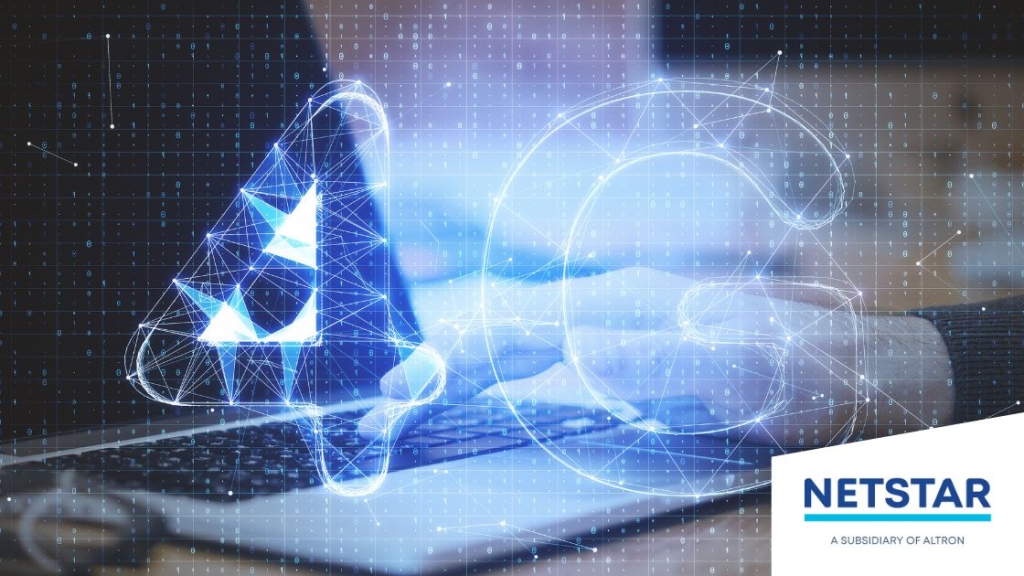
If you’re a fleet telematics user, you may know that 3G is on the way out to make room for the faster 4G LTE service. The 3G mobile data networks have been an enormous step forward in communicating, helping us stay organised and informed. However, twenty years after its introduction, 3G services can no longer deliver enough speed or capacity for our technologically advanced world. That’s why users on the 3G Network will need to transition to 4G and 4G GPS Tracking Devices before 30 June 2024.
The Downfalls of 3G Service
More and more people rely on 3G networks for data-heavy activities like streaming video. The Network can’t keep up with the demand. That’s why customers are often left with spotty service and slow speeds—not to mention high costs.
In addition, as 4G LTE becomes more widespread, many carriers are shutting down their 3G networks entirely. Focussing on these newer, faster technologies. Unfortunately, this means it may not be available for much longer, even if you want to keep using your 3G service.
The Benefits of 4G and 4G GPS Tracking Devices
So, what are the benefits of upgrading your fleet from 3G to 4G with 4G GPS Tracking Devices?
This new standard significantly improves speed, capacity, and latency. (The time it takes for data to travel from one point to another). The Network is provisioned with the LTE for data-hungry applications such as video, web service and the CAT M1 IoT network. In addition, this Network is used for Telematics and Telemetry applications such as meter readings, alarm services and access control systems.
An upgrade is the best way forward if you’re looking for the most efficient and reliable Network to run your telematics platform. But don’t just take our word for it; here are some of the benefits of 4G LTE and CATM1 IoT:
- First, increased speed: 4G LTE offers up to 10 times faster than 3G.
- More capacity: With more and more people using data-hungry applications, the Network’s capacity is straining. 4G LTE offers increased capacity. With the LTE and IoT system, there will be less buffering and faster speeds for users.
- Improved reliability thanks to better signal quality and higher bandwidths: Customers can rely on their 4G GPS tracking device to work even under challenging conditions.
- Greater coverage: This is especially important for our remote and lone worker customers.
- Enhanced security: 4GLTE networks offer enhanced security features that protect against data breaches
- Low-power wide area network (LPWAN) cellular technology: LPWAN Cat M1, or LTE-M, is specifically designed for IoT projects such as GPS tracking and offers low power consumption, wide coverage area, and high data rates.
What does this mean for Netstar customers?
If you are using 3G service, you’ll need to upgrade to a faster network before 30 June 2024. Our team will contact you to ensure we upgrade your devices and solutions across your entire fleet.
4G connected devices have better coverage and reliability so that you can be confident that you can track your assets and keep your team safe no matter where they are located across Australia. Your devices will stay connected even in areas with poor reception. Plus, a 4G GPS tracking device requires less power than earlier generations, so your battery life will go the extra mile.
When you’re ready to make the switch, we’re ready to take your call. Contact us today for more information.